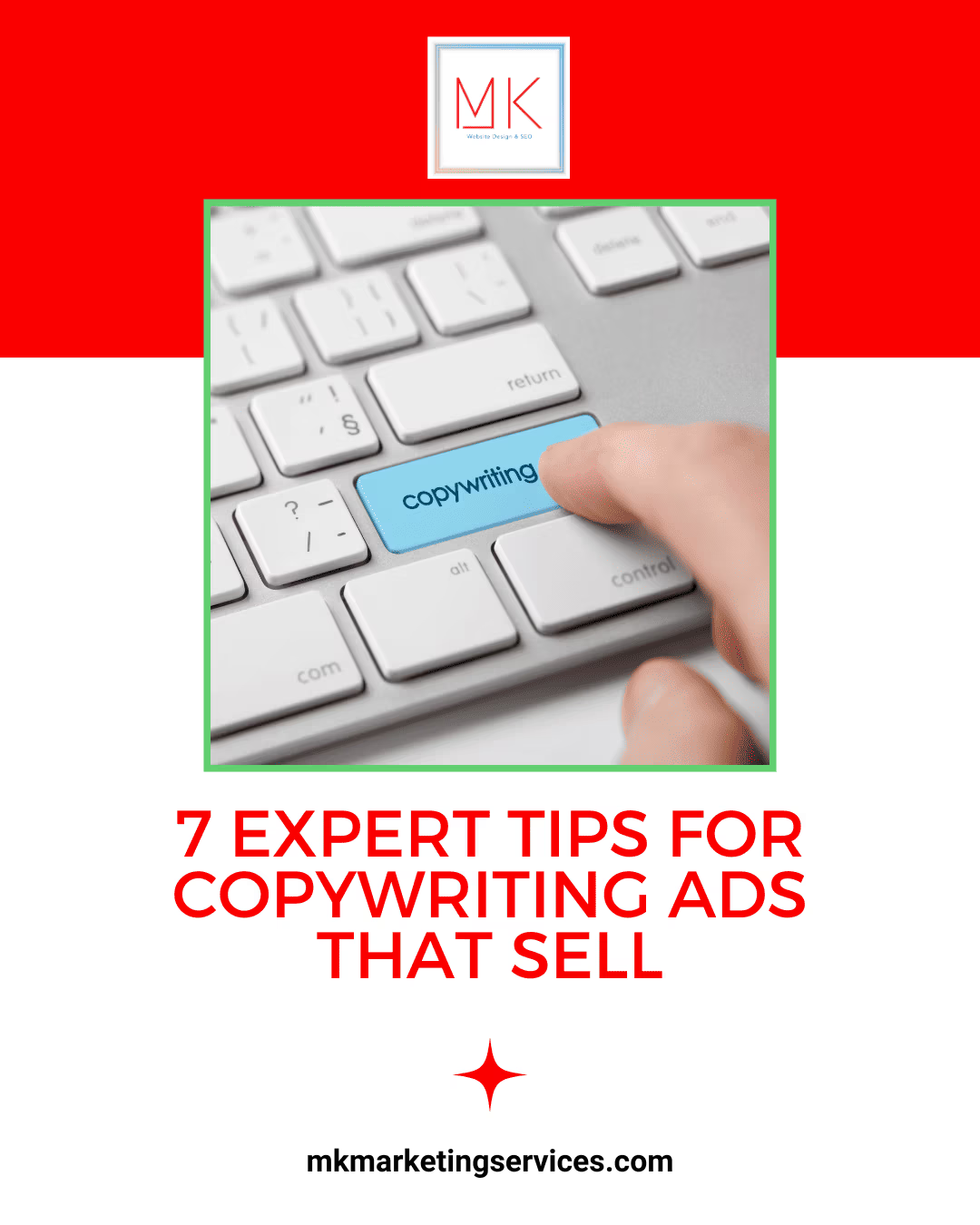Many beginners in copywriting start off on the wrong foot when they assume that copywriting is just like writing blog posts or articles.
Then they wonder why their copy never converts.
The fact of the matter is that copywriting is nothing like blog writing or articles. In fact, it’s a different world altogether…
If you write your ad copy just the way you write articles, you’ll remain out of luck!
So, if you want to ace copywriting and turn yourself into a fine copywriter read this article.
Follow the SEVEN tips below that can make your copy fast-selling and high-converting.
Excited? Let’s get into it…
1) Headlines Are Paramount
According to experts a headline represents about 80% of the total value of an ad copy.
Get the headline wrong and nobody will go further into your copy.
So, how to make your headlines super attractive?
Well, the first thing you do is ‘target the reader directly.’
Use their name (if possible), address their concerns, and cash in on your most powerful sales angle in the headline itself.
Make it so specific that the reader would feel like you’re talking to them one-to-one.
Plus never use generic headlines, they appeal to none. Clear?
2) Make Your Body Text Very ‘Specific’
The fundamental purpose of copywriting is to generate sales and turn the readers into your customers.
One thing that serves the purpose of copywriting best is being very specific in your tone.
For example, rather than talking about ‘people’ in general you should be talking about your reader.
Target a specific audience, read up on them, analyze their mindset and then approach them through your copy.
Show them that you KNOW them and their problems very well.
Present them with your ‘specific’ solution.
Also, telling a story in your copy that your reader can relate to will help a lot in retaining their attention and get them to read through.
3) Use Lots of Facts and Figures
Nobody is going to believe you until and unless you can back up the claims you’ve made in your copy with the relevant facts and figures.
For example say, “97.66% of our customers have found that….”
Instead of, “Most of our customers…”
Got it?
4) Tap into the Power of Emotions
Emotions are the strongest part of a human mind.
They basically drive you, isn’t it?
Study shows that any human action that has emotions involved in it is far more impactful and meaningful than any action that’s purely mechanical.
Now, for copywriting you can either use fear or desire to move your reader to action and buying your product.
Nothing in between is going to work.
Pure logic won’t work.
Plain, generic, copy is not going to work.
Bragging is not going to work.
Only, if you talk about ‘them’ – their fears and pleasures – will it hold their interest and they will continue to read.
5) Use an Easy Conversational Tone
Keep your copy simple and easy to read.
An engaging and conversational tone is the best choice for copywriting…
No reader will stick to your copy if you sound too formal and distant.
And, also practice using the active voice rather than passive voice while copywriting.
6) Work on Attractive Visuals
Visuals matter a LOT!
About 80% of the information that our mind receives comes through the eyes.
So, if your copy doesn’t appeal to your reader’s eyes they won’t read it.
The rule with copywriting is either you keep your ad copy very simple, highlighting the important stuff only or make it all very loud and vibrant from top to bottom.
Also, large empty spaces look ugly in a copy.
Try filling those with pictures of your product or guarantee labels for instance.
7) Place a Definite Call to Action
Finally, don’t leave your reader hanging in the air once they’ve come to the end of your copy.
Use a definite call to action which tells the reader what to do next.
Try and make your CTA so clear that the reader would automatically act without even thinking about it.
That’s it.
If you can make sure to get all of the above seven points in your copy, it will sell like anything.
That’s a promise!













